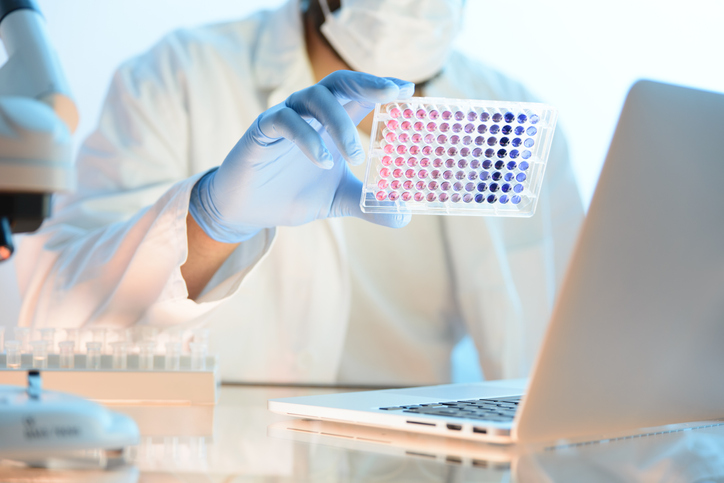A new national research facility could significantly improve our understanding of infectious diseases, aging and cancers, leading to novel treatments and vaccines. The University of Surrey’s SEISMIC facility will offer scientists access to technology that enables them to pick up single cells or even parts of cells and measure the spatial position of biomarkers like proteins, metabolites, and lipids.
Funded by £2.8 million from the Biotechnology and Biological Sciences Research Council (BBSRC) and industry, SEISMIC uses an advanced type of microscope manufactured by Yokogawa (see video below):
“Thanks to SEISMIC, we’ve made a breakthrough in measuring lipids in individual mammalian cells,” says Melanie Bailey, PhD, director of the SEISMIC facility. “This new technology is a game changer because it allows scientists to measure important biomarkers while keeping track of where they are in the cell. This is important for understanding how healthy cells work and how infections or cancer can affect them. It will help us better understand how cells communicate with each other, and this knowledge could lead to new ways to fight diseases.”
SEISMIC enables single-cell and sub-cellular analysis, which will help scientists understand what happens under defined conditions and how cells signal to each other.
According to Dany Beste, PhD, senior lecturer in microbial metabolism at the University of Surrey, “The new facility is free for academics working in BBSRC-funded areas and also available to scientists in industry. We are confident SEISMIC will enhance scientific training in single-cell work and overcome some of the challenges in this area.
“The combination of SEISMIC, the proton beam facility and the Ion Beam Centre are a boon to Surrey’s scientific and business communities and could allow us to understand the interaction between cancer cells and radiation in more detail,” says Bailey.


